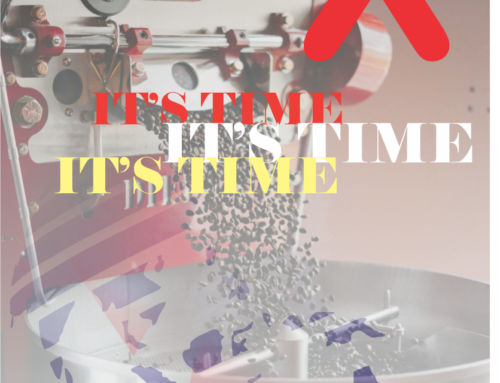WHEN A SCRUM IS NOT RUGBY
33 YEARS in business and Planning has played a critical part of my daily workflow. Many business owners are looking to get every part of the business organised, spend time and money with consultants and providers to take care of the day to day activity that must happen to get the Income in the bank.
So Rugby real has nothing to do with “Scrum” in this context. Project Management is the skill you learn to manage the business resources, projects and people.
If you are in business and find it very time consuming to have the resources and people do what you want in the time you need it done, then you are planning.
What is common to both Rugby and Business is the coming together of the team, with a Scrum Framework you sort out the basic elements into manageable pieces.
From a basic Excel / Google sheets worksheet with smart formulas etc … you are constantly looking to reduce time of this action. The tools come with a real promise and yet we see less than 5% of Users get more than 25% of the value based on 30 plus years in Business Auditing.
Developed by Ken Schwaber and Jeff Sutherland in the 1990s, the Scrum framework is an approach to managing complex projects.
The duo used it to manage software development projects separately, then came together to combine their experiences into a paper, which ultimately led to authoring books and developing training programs for teams.
The name Scrum was inspired by the rugby practice of having cross-functional teams come together to get something done.
Although it was initially created for software development projects, since its inception it has been utilized on all kinds of different teams, from car manufacturers to marketing teams!
What is Scrum?
Scrum as a project management framework has been around long enough that most people have at least heard the term. It’s often viewed from the outside as a project management buzzword – just a trend and that was my initial thought as well:
Here’s another new project management style that’s says it’s going to solve all of our problems, but will it just be another trend that will be replaced by something else in a few years?
1. You don’t need to plan every detail before taking action.
The waterfall model, or traditional project management, seems very organized.
You spend all kinds of time thinking through everything you will need to do to get a project done. You plan out each phase that needs to happen and how long each will take. You make a really nice chart of how it’s all going to work.
The only problem is, how often do those plans ever come to fruition? How often does a project go exactly as planned? In my experience, never, Usually when something goes wrong, or an issue comes up, the entire plan has to change or get put on hold.
All that time that was spent in initial planning is wasted or at the very least your project is delayed.
These situations would often happen on our marketing team.
We’d plan out everything we were going to do for the upcoming month and feel great about it.
However, as time progressed, more and more things would come up. There was always something; whether a client had to shift priorities, a change of heart, or an opportunity to do something more valuable came up.
All of the planning we did at the beginning of the month was no longer useful, and we had to start from square one. With Scrum, however, expecting the unexpected is built into your process.
Every day is a chance to pivot to whatever is most important and changing plans is expected rather than being an inconvenience. Sounds pretty great, right?
It is! When you expect that things will happen that you just can’t anticipate beforehand, it sets the whole team up to be able to change plans quickly and efficiently and saves you hours of planning time on the front end.
2. Your team needs to be the problem solver — not the methods you use.
Often times when new methodologies for project management or other processes come along, it’s easy to want them to solve all of your problems.
One-day Agile and Scrum training is aimed at understanding the core beliefs of Agile and Scrum, and creating a transparent and collaborative environment where the team works as a single unit. This course teaches the principles and practices that make Agile and Scrum effective at managing projects. The course reviews the principles of Scrum, XP, and Lean in activities to support the training process.

30 Years of Project Discovery and Delivery for the End User.






